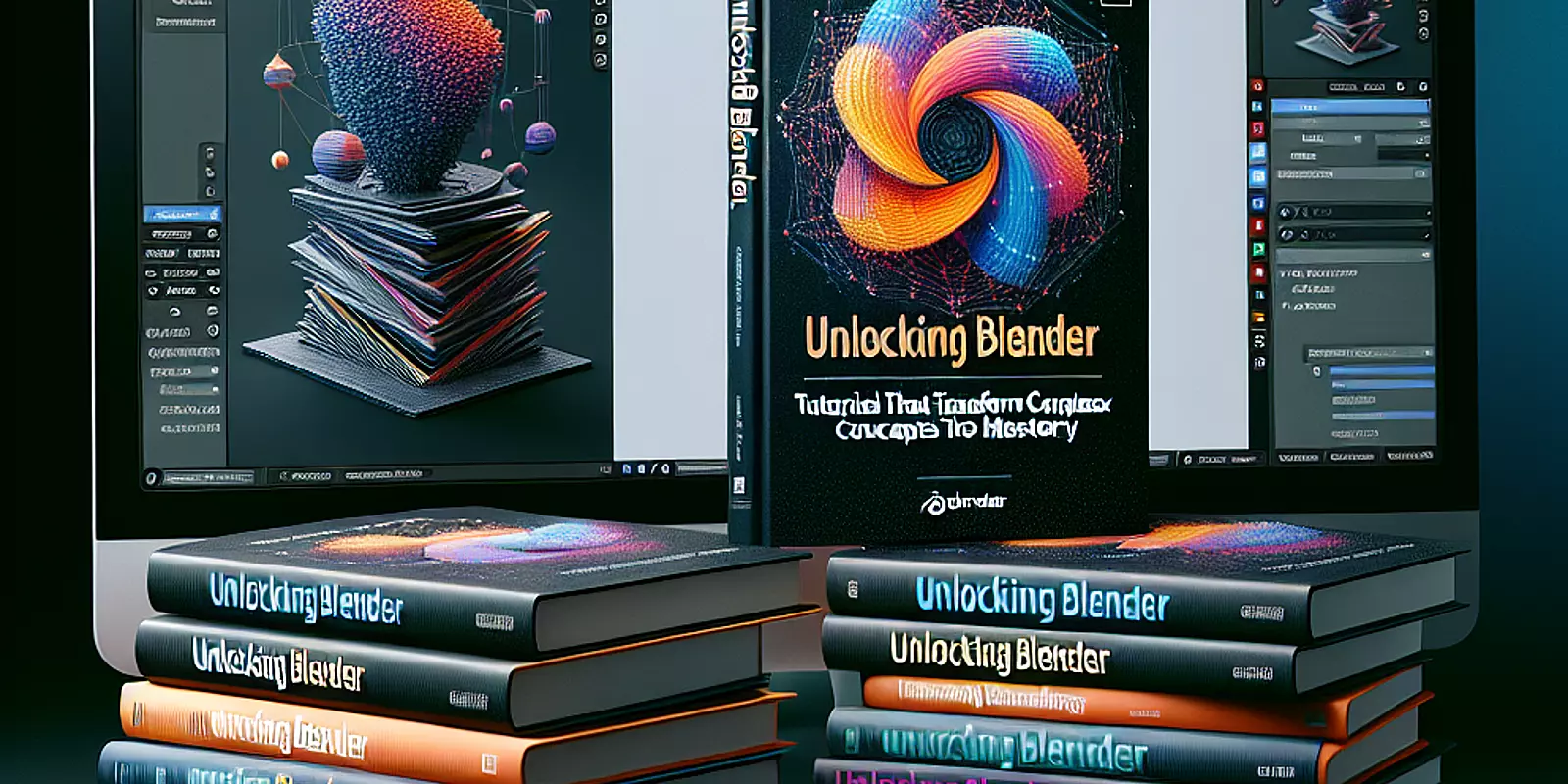
Blender is an incredibly versatile 3D modeling software that often overwhelms beginners with its extensive features. For many users, learning Blender involves navigating between excitement and frustration as they explore its myriad tools and workflows. This is where high-quality Blender tutorials for beginners play a crucial role, breaking down intricate features into manageable lessons. These tutorials illuminate complex concepts, enhancing understanding and sparking creativity, especially in the field of architectural visualization.
Effective Blender tutorials are essential for a seamless learning experience. Clarity is key; they need to simplify complex ideas into digestible segments, preventing newcomers from feeling overwhelmed. This structured approach provides learners with ample practice time and ensures a solid foundation before diving into advanced features like geometry nodes or rendering techniques. With such a progression, tutorials empower users to break through complexity and unlock their full potential in 3D modeling and architectural visualization.
In the intricate arena of architectural visualization, mastering Blender requires effective learning resources. Noteworthy contributors, like Erindale and Grant Abbitt, offer unique methodologies that simplify complex Blender concepts. Erindale’s geometry node tutorials, for instance, transform daunting procedures into manageable steps, making them accessible to architects and designers. Through relatable project examples and clear explanations, users can grasp challenging concepts effortlessly.
Conversely, Grant Abbitt provides a comprehensive array of lessons covering various Blender functions. His engaging style makes difficult topics accessible and applicable to architectural visualization. By linking theoretical concepts with real-world projects, Abbitt’s tutorials demonstrate how each tool optimizes workflow and enhances design efficacy. These tutorials showcase the transformative power of well-crafted content in demystifying advanced Blender techniques, enabling users to elevate their architectural projects to new heights.
Achieving Blender mastery goes beyond just consuming tutorials; it involves employing effective learning strategies that amplify user experience and accelerate skill acquisition. One powerful method is hands-on practice, where learners apply tutorial concepts to real projects, reinforcing understanding and fostering the retention of complex ideas.
Project-based learning focuses on specific outcomes like architectural visualizations or animations. By engaging in tangible projects, users not only hone their technical skills but also learn to troubleshoot and overcome challenges in real-time, nurturing crucial problem-solving abilities.
Community engagement is another invaluable component. Participating in forums, social media groups, or local meet-ups introduces users to diverse perspectives and techniques. This interaction creates opportunities for feedback, collaboration, and inspiration, motivating users and facilitating learning. Combining these strategies with top-notch tutorials transforms Blender from a daunting software into a creative playground.
Community support and peer feedback are vital in mastering Blender. Platforms like forums, Discord servers, and social media groups offer valuable spaces for Blender enthusiasts to connect, share insights, and foster engagement. These communities transcend geographical boundaries, enabling users to exchange ideas, troubleshoot issues, and critique each other's work. Such exchanges are particularly beneficial for understanding complex Blender features and workflows.
Communities like Blender Artists Forum and the Blender subreddit are treasure troves of detailed discussions. Experienced users provide guidance, while newcomers seek advice on the challenges they face. Peer feedback encourages a growth-oriented mindset, prompting aspiring 3D artists to refine their skills and experiment with new approaches. Engaging with a community delivers a sense of belonging, motivating users to persevere despite initial difficulties. Real-time feedback transforms learning from a solitary activity into a shared experience, highlighting the importance of a supportive community in the artistic journey, facilitating enhanced creativity and confidence in using Blender.
Reflecting on the journey through transformative Blender tutorials for beginners, several key takeaways emerge. First, the critical importance of selecting quality educational resources—tutorials like those from Erindale and Grant Abbitt—demonstrate how structured guidance can reveal complex features like geometry nodes and modeling techniques. The diversity of learning materials—from video lessons to written guides—ensures users can find resources that resonate with their unique learning styles.
Looking ahead, the rise of interactive learning experiences promises to engage users more deeply. By embracing these emerging methods, Blender users can further enhance their skills and adapt effectively to the evolving landscape of architectural visualization. Ultimately, exploring various tutorials not only expands technical expertise but also ignites creativity within Blender's ever-expanding possibilities.